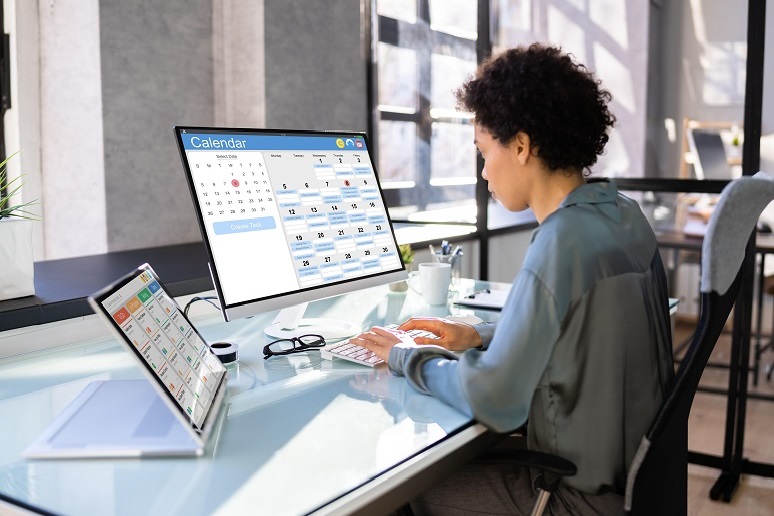Pressure may be mounting for employees to return to the office, but the jury is still out about whether the RTO drive will succeed. In the meantime, many technology leaders have acknowledged the need to work more closely with their enterprises’ real estate and facilities organizations, to better understand how people are using the office, and what that usage might dictate when it comes to technology enablement within these spaces.
I had the opportunity to chat with Melissa Marsh, CEO and founder of workplace consultancy Plastarc, about how tech leaders and real estate and facilities organizations might work together to define metrics to help enterprise leaders make decisions about space utilization. Marsh will be presenting on this topic at Enterprise Connect 2024, so I was happy to get a preview of some of the ideas that are top of mind for her as we close out 2023 and head into the New Year.Some enterprises have started “thinking differently about how the building serves its constituency,” Marsh said. “The constituency of a building is maybe no longer just the people who are assigned to sit in that building, but it's also members of the community. It's also people who work for the same company but many miles away and are only there once in a while.”
That in turn is causing some rethinking about the traditional metrics that enterprise real estate organizations use. The key metrics have traditionally been cost per square foot and square feet per person, but in a time when office populations are in flux, such static measurements don’t necessarily give a true picture. Instead, some workplace decision-makers are looking at the kind of metrics that the hospitality industry uses, factoring in time and other usage metrics.
“For example, an organization might track what is the cost per visit to a space or what is the cost per event within a space or how many people are coming to a particular event,” Marsh said. “So it's moving from more static, like how many how many desks per square foot or how many offices per square foot, to more human metrics, and more dynamic metrics, meaning that they would change over time and be driven by the services within the space.”
At the far end of that spectrum might be a facility like Google’s Pier 57 offices in New York. “That environment is really focused around being an event space and I think almost operates more like a conference, event center environment, and they're serving that up to both their customers and business partners and their organization.”
As enterprises look to a possible need for new metrics, however, the situation is complicated by the fact that, according to Marsh, “The real estate department does not tend to be the most technologically sophisticated department within a corporate entity.” She added that, while tech companies are an exception to the rule, and often are very advanced in their use of technology in real estate decision-making, “the typical or average organization may not have a culture of technology and data processing within their real estate and facilities function.”
Marsh’s Enterprise Connect session, Optimizing Workplace Tech for Enhanced Employee Experience, will address how enterprises can use smart workplace technology and data-driven insights from that technology to improve employee experience. In addition, we’re looking at the topic from the IT angle in a session that will be led by Craig Durr, research director at Futurum Group. Taken together, these sessions will give attendees a well-rounded look at how enterprise IT and real estate/facilities organizations can work together and use technology to optimize the office.
And I’m super-excited about a session featuring an enterprise executive who’s lived this effort to bring organizations together for better employee experiences. Terry Herring, vice president of Digital Workplace at Fannie Mae, will present a session on Working Across Organizations to Deliver End User Experience. He’ll discuss how Fannie Mae brought IT, facilities, and HR together to craft a strategy for optimizing the end-user experience, whether that user is on-site, remote, or hybrid. This is one of our 15 breakout sessions featuring enterprise decision-makers, and I’m incredibly excited to share more details on all of these sessions as the show approaches.
I hope you can join us in Orlando the week of March 25, 2024, to gain the latest insights in hybrid work and the employee experience.










